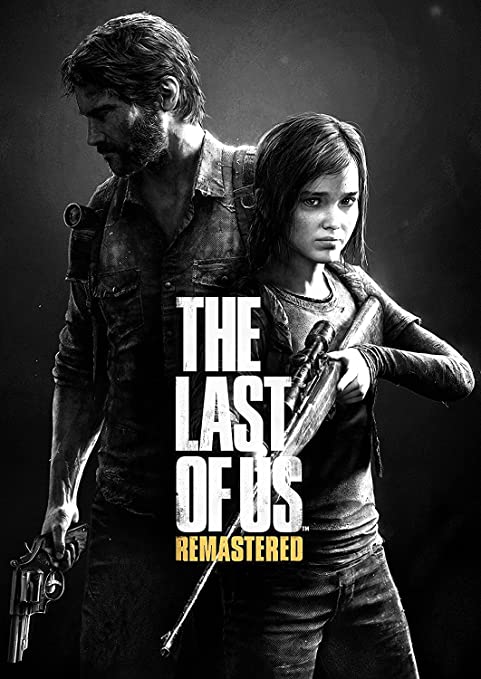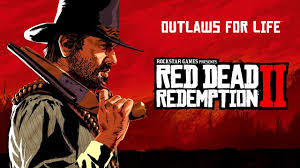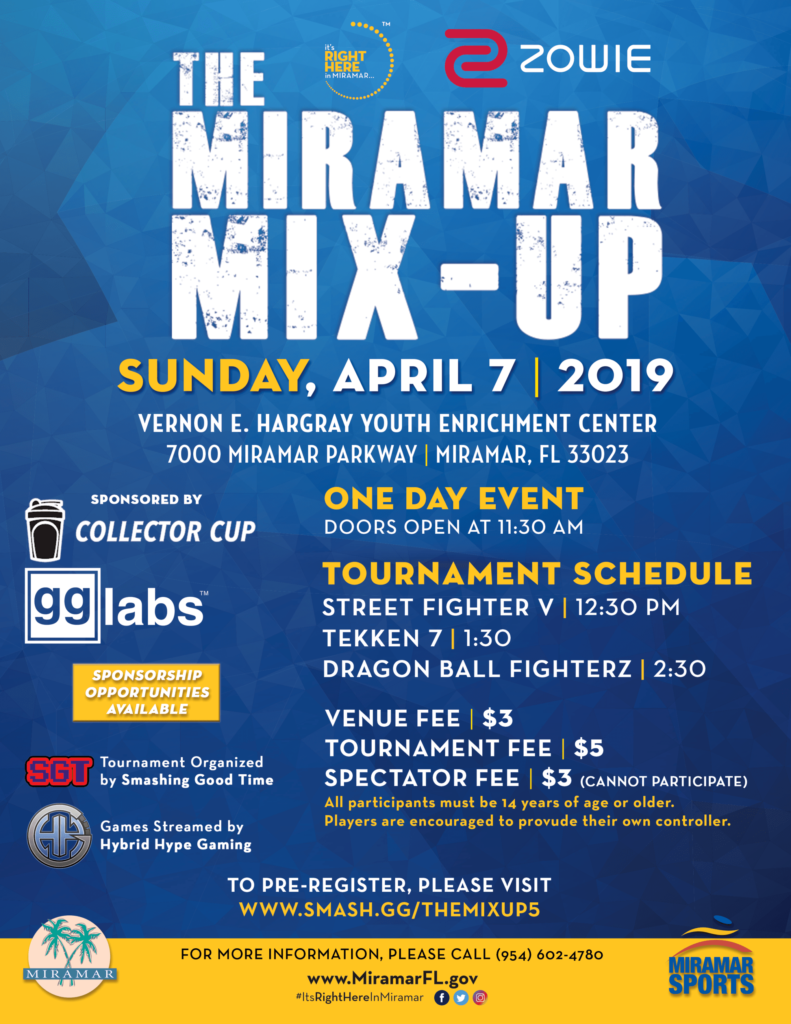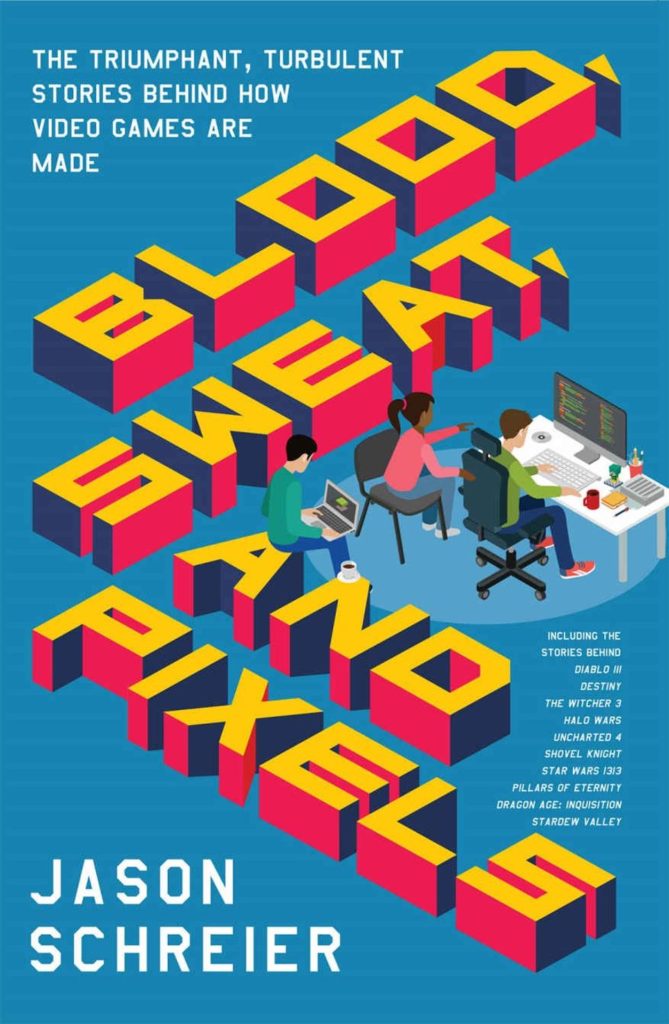Is a way of seeing world – characterized by RE-IMAGINING, PASTICHE, PARODY, COPY, BRICOLAGE
Often copies other things and is REFERENTIAL
Parody vs. Pastiche
Pastiche is a work of art, drama, literature, music, or architecture that imitates the work of a previous artist
Parody is a work or performance that imitates another work or performance with ridicule or irony
Intertextuality: surface signs, gestures & play
Intertextuality – self conscious inclusion of references to other texts
‘their preoccupation with visual style‘ (Shuker) – good examples of post-modern texts
Bricolage ‘involves the rearrangement and juxtaposition of previously unconnected signs to produce new codes of meaning’ (Barker & Jane, 2016:237)
Surface and Style over Substance
‘in a postmodern world, surfaces and style become the most important defining features of the mass media and popular culture‘ (Strinati: 234)
Meaning and interpretation is obtuse, disguised, removed and difficult to apprehend – living in a post-truth world.
Context
In 1959, Hoggart notes the shift on ‘neighborhood lives’, which was ‘an extremely local life, in which everything is remarkably near‘ (1959:46). Urry suggests that people don’t produce anything but only consume.
The focus on FRAGMENTATION OF IDENTITY is characterised and linked to an increase of consumption and the proliferation of new forms of digital technologies. In effect, another key characteristic of postmodernism is the development of fragmented, alienated individuals living (precariously) in fragmented societies.
The loss of a Metanarrative
Jameson argues that the postmodern era is characterised by pastiche (not parody) and as such, suffers from a crisis in historicity.
Jean Baudrillard
He describes as IMPLOSION which gives rise to what he terms SIMULACRA. The idea that although the media has always been seen as a representation of reality – a simulation, from Baudrillard’s perspective of implosion, it is has become more than a representation or simulation and it has become SIMULACRUM not just a representation of the real, but the real itself, a grand narrative
Simulacrum – simulations of reality
Hyperreality – the simulation is more real than reality.
Habermas
He traces the decline in the public sphere identified already in this process through a range of societal shifts:
- the increased globalisation of economic trade,
- the transformation of citizens into consumers
- the increase in digital communication technologies
- the dominance of a small economic elite over global economic, political and cultural exchange


















